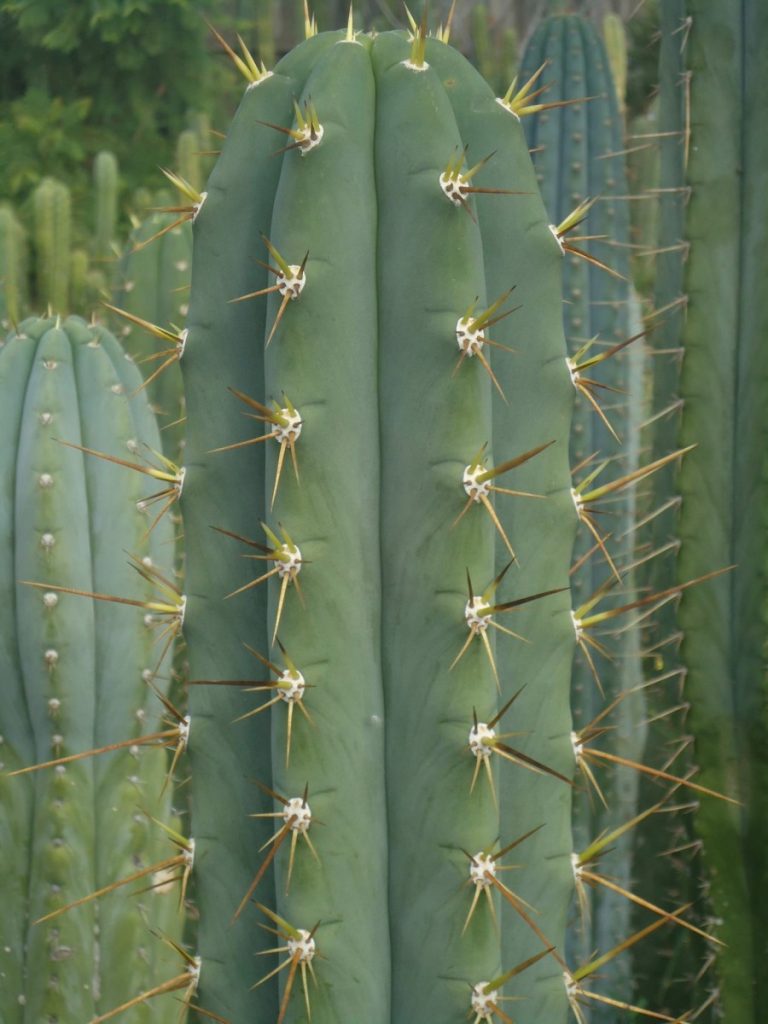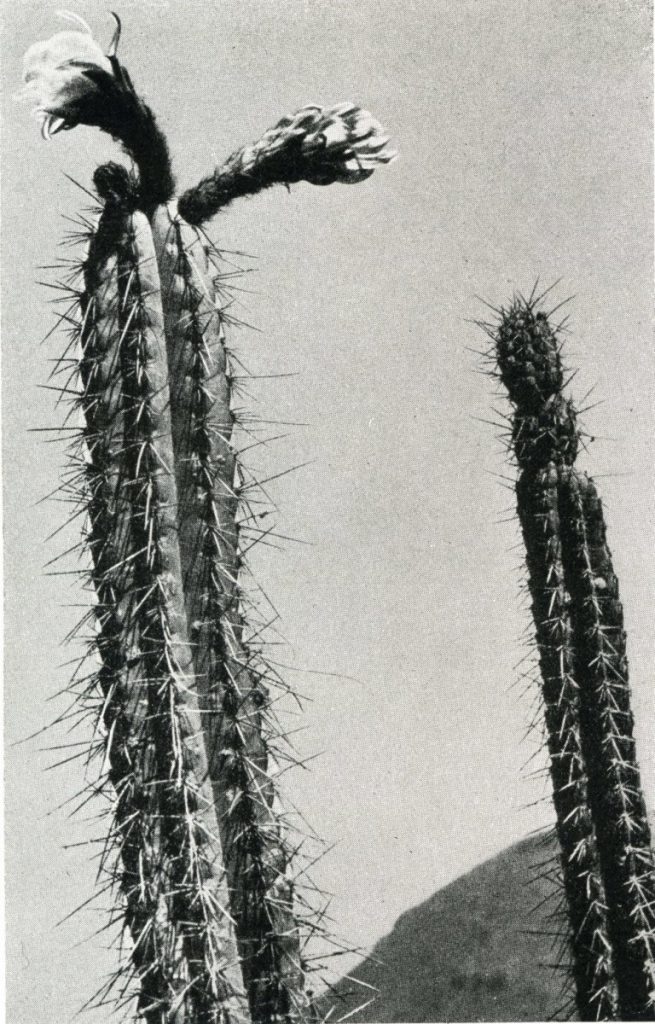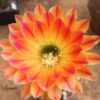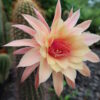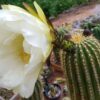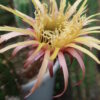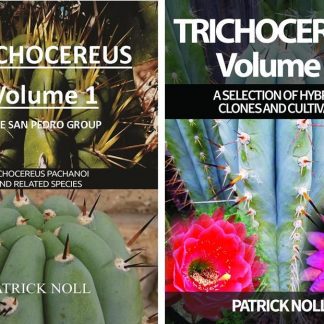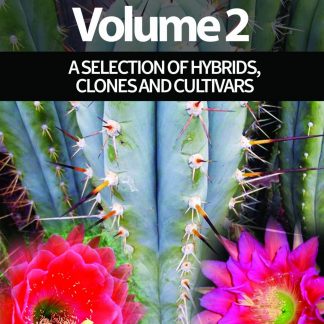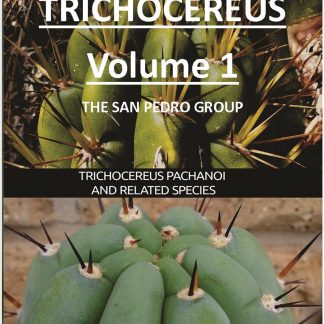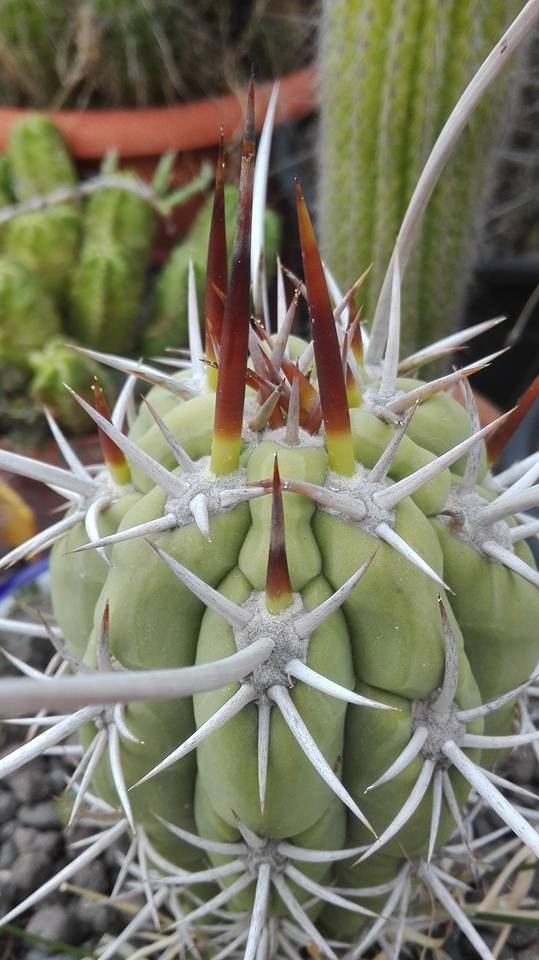
Trichocereus deserticolus, also known as Echinopsis deserticola, is a columnar cactus from Chile. This species also includes Trichocereus fulvilanus / Echinopsis fulvilana as a subspecies of Echinopsis deserticola now. Trichocereus deserticolus / Echinopsis deserticola Patrick Noll Trichocereus deserticolus is a plant with a complicated and close relationship to Trichocereus fulvilanus, Trichocereus coquimbanus and Trichocereus chalaensis.…

